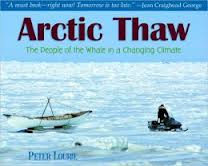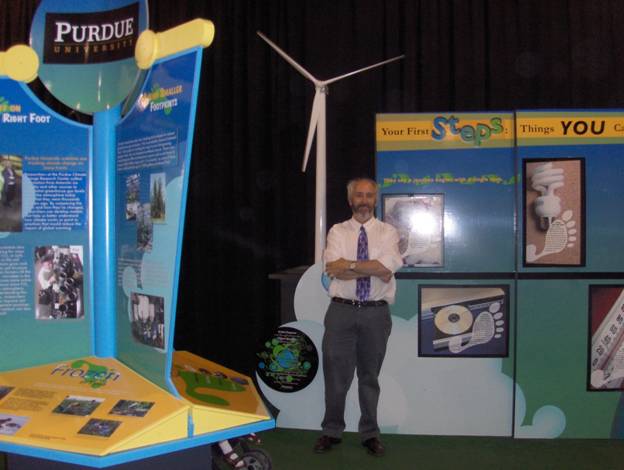Broader Impact of Shepson Group
It is the position of the Shepson Group that all the work that we do should have sign ificant relevance to sociatal impacts, decision making and public policy. And in simple terms, we should have a clear answer to the question "Wht are you doing this work, and why are tax dollars supporting it?" The simple answer is that humans have significantly changed the composition of the atmosphere, and those changes are impacting human health directly, and indirectly through impacts of the health and diversity in the biosphere. We need to understand these changes, to have the ability to predict future changes, and to understand both costs and economic benefits of remediation of our impacts on global change.
Climate Change
 Most of what we are doing in this group is motivated, at least indirectly, by issues related to climate change, and the coupling between atmospheric composition, climate change, and atmospheric-surface interactions. In April of 2004, Prof. Shepson created the Purdue climate Change Research Center (http://www.ourdue.edu/climate), which he directed until September of 2008, after becoming Head of Purdue's Chemistry Department.
Most of what we are doing in this group is motivated, at least indirectly, by issues related to climate change, and the coupling between atmospheric composition, climate change, and atmospheric-surface interactions. In April of 2004, Prof. Shepson created the Purdue climate Change Research Center (http://www.ourdue.edu/climate), which he directed until September of 2008, after becoming Head of Purdue's Chemistry Department.
A significant component of our group's efforts have been aimed at studeis of air-surface exchange in the Arctic Ocean region. In 2005, we conducted a field campaign at Barrow, AK, aimed at better understanding of the impact of saline snowpack on halogen chemistry in this environment. We went to Barrow with a children's book and adventure writer, Peter Lourie (www.peterlourie.com). Peter joined a whaling crew during our study, and as a result, wrote a book called Arctic Thaw. You can get it from any on-line bookstore. Shown on the right is the book jacket.
More recently, we produced an exhibit for the 2008 Indiana State Fair, in Indianapolis, in August 2008. The exhibit discussed a variety of aspects of climate changes, from causes, to impacts, to the benefits to society of dealing with this grand challenge. Shown below is a photograph of Prof. Shepson in front of the exhibit.




